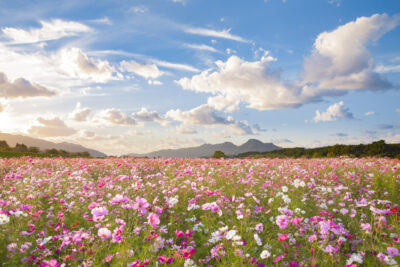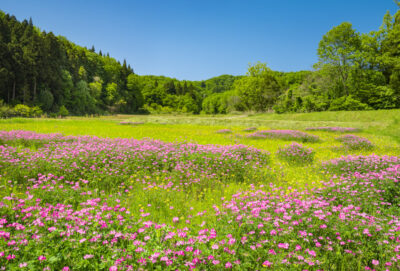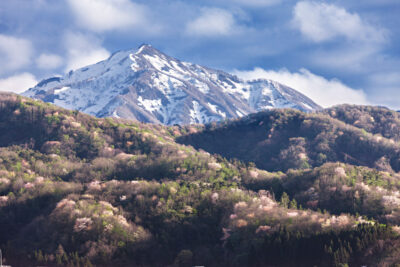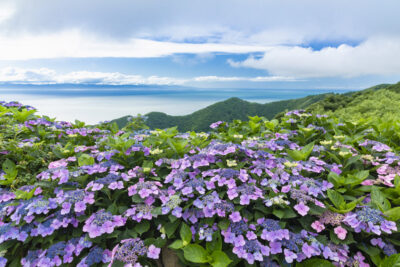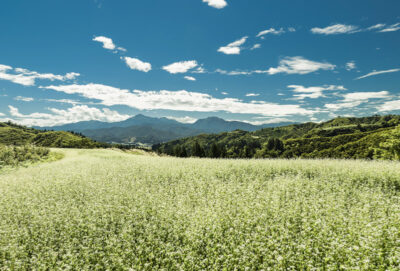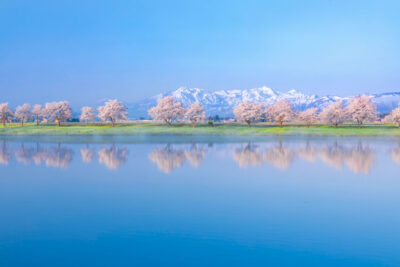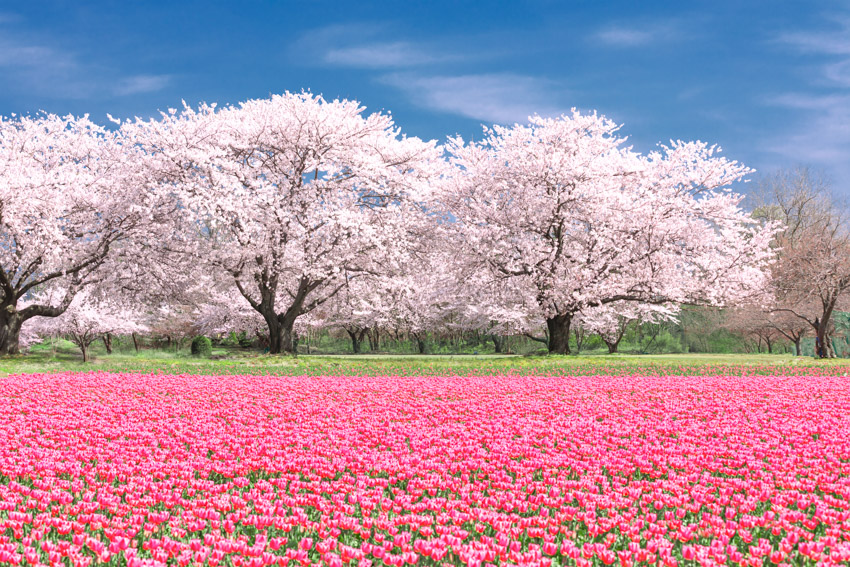
どっちが季節外れ?
温暖化の影響は、私たちの身近な環境にもさまざまな形で現れています。たとえば、暖冬や多雪、酷暑、海水温や海面の上昇などが挙げられます。こうした気候の変化は、動植物にも影響を及ぼし始めています。
近年では、雪の少ない冬が続いた影響で、特に海岸近くの地域ではイノシシや鹿の個体数が増加しています。また、数年前の冬には突然の湿った大雪が降り、海岸部の杉の木が広範囲にわたって折れるなどの被害も発生しました。植物に関しても、花の開花時期が早まったり遅れたりといった変化が見られますが、こうした現象が継続すれば、地域の植生にも大きな変化が現れる可能性があります。
新発田市の海に近い砂丘地帯で撮影した何気ない花の写真にも、こうした環境の変化が反映されているように感じられます。ちなみに、新潟では桜とチューリップが同時に満開になることは、これまでほとんどありませんでしたが、今後はそのような光景多くなるかもしれませんね。
The effects of global warming are manifesting themselves in various ways in our immediate environment. For example, mild winters, heavy snowfall, extreme heat, and rising sea temperatures and sea levels are all examples of this. These climate changes are beginning to affect flora and fauna as well.
In recent years, due to consecutive winters with little snowfall, the populations of wild boars and deer have increased, particularly in coastal areas. Additionally, during a sudden heavy snowfall a few winters ago, extensive damage occurred, such as cedar trees along the coast being snapped in large areas. Regarding plants, changes such as earlier or later flowering periods have been observed, and if such phenomena persist, significant changes in regional vegetation may occur.
Even in casual photos of flowers taken in the sand dune areas near the coast in Shibata City, such environmental changes seem to be reflected. Incidentally, in Niigata, it has been rare for cherry blossoms and tulips to bloom simultaneously, but such scenes may become more common in the future.
EOS5DMarkⅣ+70mm 1/160秒 f:8
©️photo by Nakamura Osamu

